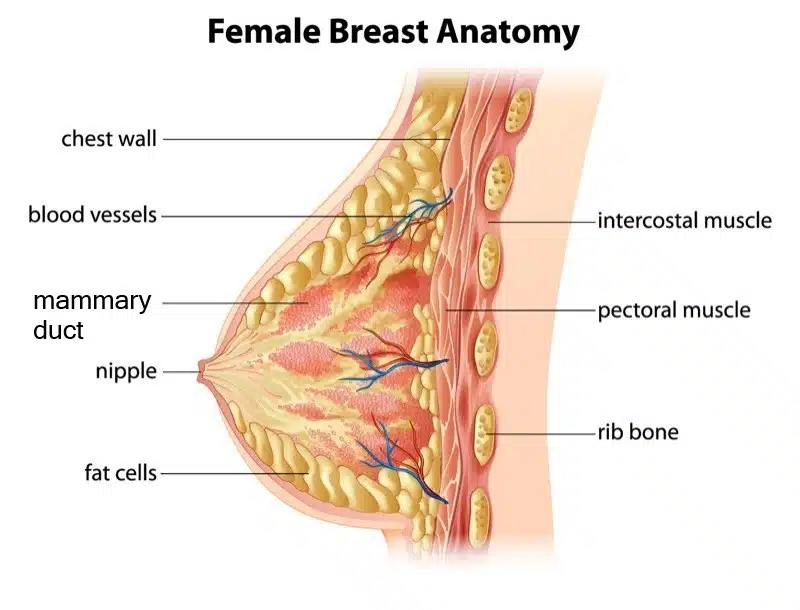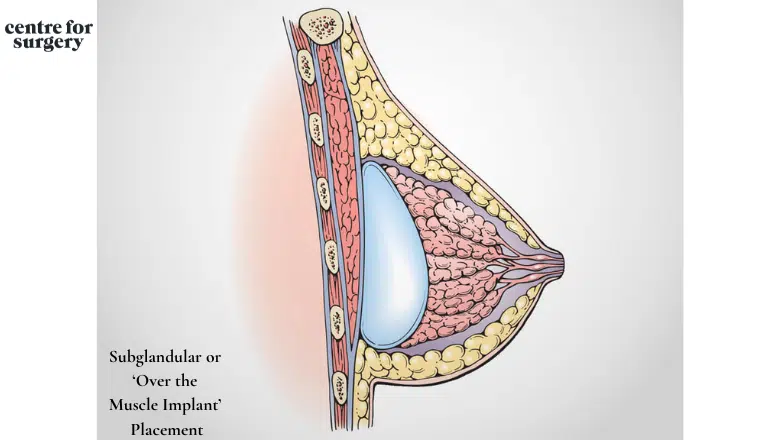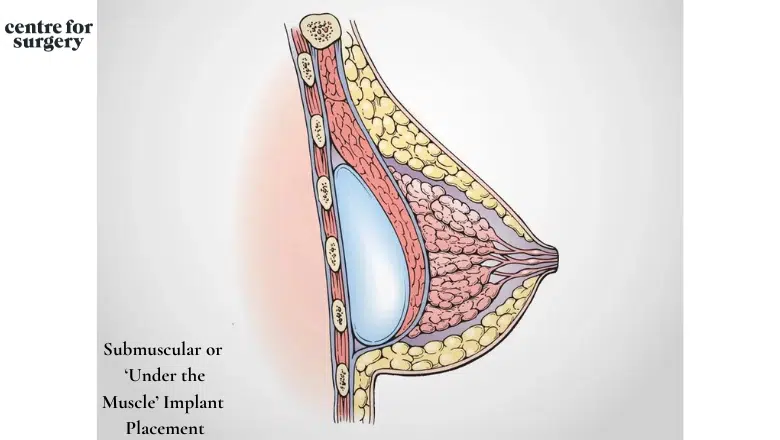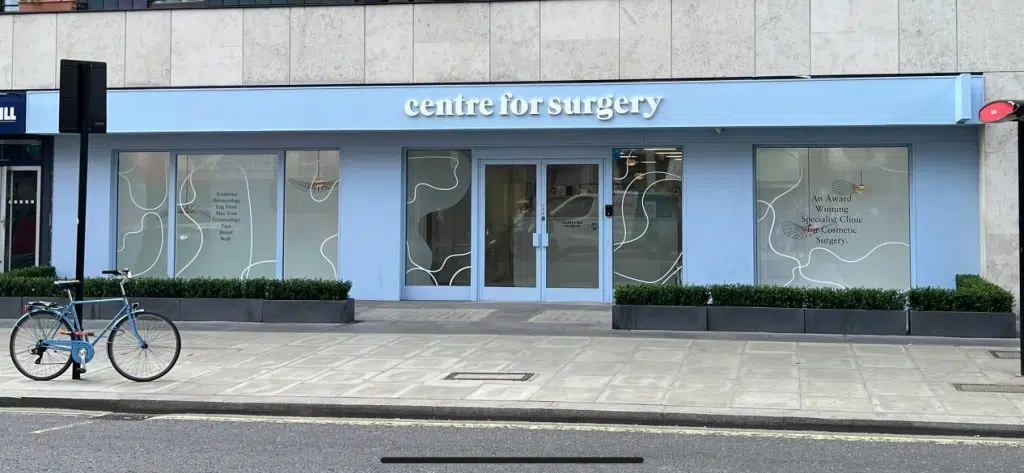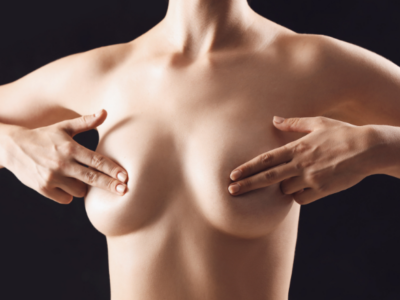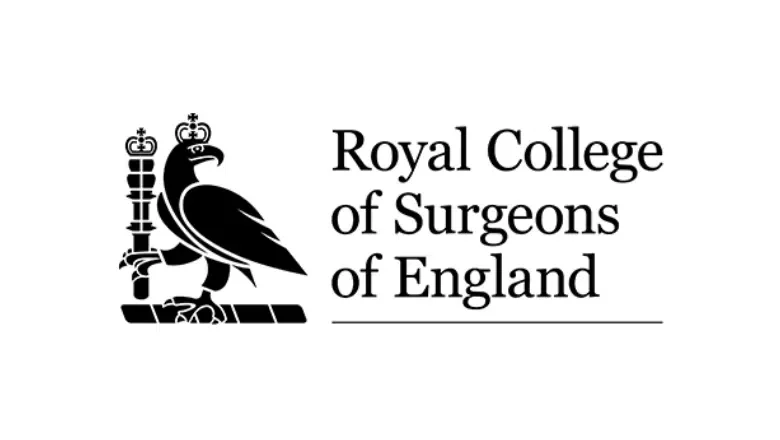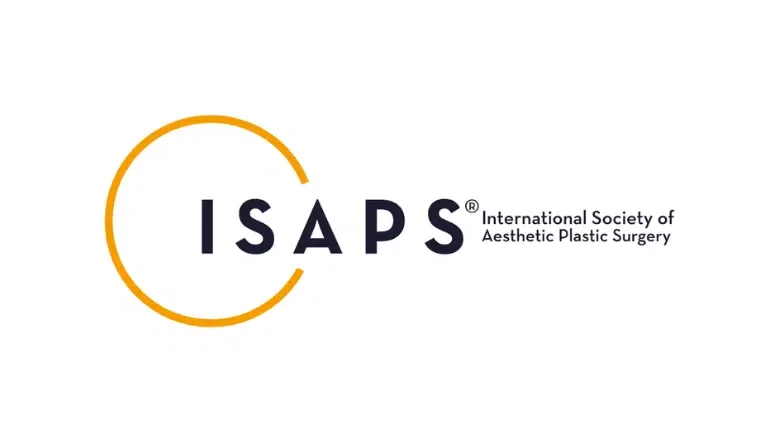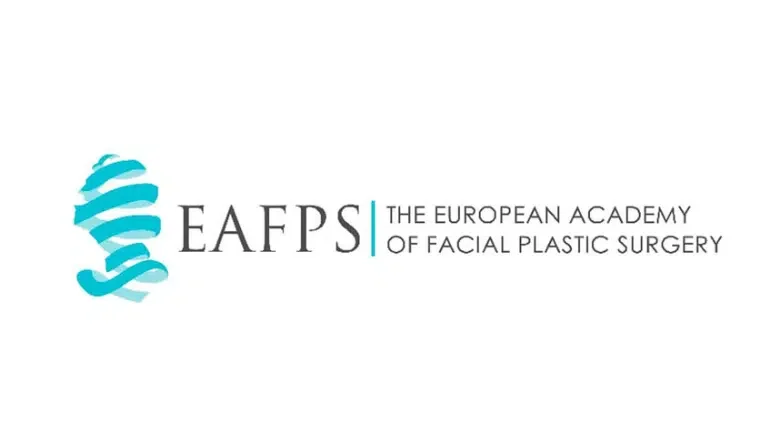Understanding Breast Implant Placement: An Essential Guide
Have you been contemplating the idea of breast enlargement surgery? Perhaps you’ve caught yourself pondering about how the precise positioning of the implants could make a difference to the end result. Or maybe you’re actively trying to determine which implant placement would be the most beneficial for you. It’s worth noting that you’re among many women in the UK for whom breast enhancement holds a special allure. This popular surgical choice is influenced by a myriad of social and economic considerations.
In our modern age, the strides made in medical technology have rendered breast augmentation not only more accessible but also increasingly safe. That being said, the importance of being thoroughly informed cannot be overstated. It’s a significant decision, and every potential patient should be armed with all the necessary knowledge.
Before embarking on this transformative journey, it’s imperative to have an in-depth consultation with a seasoned plastic surgeon. Here at Centre for Surgery, our team of professionals is ready to guide you through every step, ensuring you have a crystal clear understanding of all facets of the procedure. We encourage a proactive approach: ask questions, delve deep into specifics, especially about where the implants will be placed. This seemingly technical detail can profoundly influence both your external appearance and your internal confidence post-surgery.
Centre for Surgery prides itself on housing a cadre of surgeons with extensive experience spanning across various breast-related procedures. Whether you’re seeking a breast lift, augmentation, reduction, or even a bespoke combination tailored to your unique needs, our overarching aim remains consistent: to pave the way for you to realize the silhouette you’ve dreamt of. Your aspirations guide our actions, and together, we can chart a course towards a more confident you.
Simple Guide to Breast Anatomy
Knowing a bit about what your breasts are made of can be really useful if you’re considering breast implants. This way, you’ll have a better idea of what happens during the surgery.
So, let’s break it down. Your breasts have 3 main parts:
- Glandular Tissue: This part has the glands and ducts that make and carry breast milk.
- Fatty Tissue: This is basically the fat in your breasts. It’s what gives your breasts their size.
- Connective Tissue: This tissue is like the glue that holds everything together. It helps give your breasts their shape and keeps them firm.
Your breasts sit on top of muscles in your chest, called the pectoral muscles, and these are on top of your rib cage. How your rib cage is shaped can also affect how your breasts will look after getting implants.
A Deeper Dive into Breast Implant Placement
Have you ever wondered about where exactly a breast implant is positioned during a breast enlargement procedure? It might surprise you to learn that there’s more than just one answer to that. The placement of the breast implant can be beneath the muscle, right above it, or in a combination spot known as the “dual plane” position. The choice isn’t random; it’s influenced by a blend of several factors.
Factors that contribute to this decision can range from basic physical traits to more personal preferences. These include your weight, age, and overall body shape. Your health status and past medical history also play a crucial role in this decision-making. Then there are preferences linked to the kind of implant you desire, whether it’s saline or silicone. And of course, your own hopes and dreams about the final outcome are of paramount importance.
It’s precisely at this juncture that the wisdom and skill of your chosen surgeon become invaluable. Harnessing the insights from their extensive background and numerous procedures they’ve carried out, our surgeons at the Centre for Surgery are perfectly poised to guide you. They’ll shed light on the unique characteristics of each placement type, helping you weigh the pros and cons. Our mission? To empower you with knowledge, so together, we can make a decision that beautifully aligns with your vision.
Subglandular Implant Placement for Breast Augmentation
Breast augmentation continues to be a popular cosmetic surgery choice for many in the UK. One of the key decisions to make is the placement of the implant. One such method is the subglandular or subfascial placement, also known colloquially as the ‘over the muscle’ technique. In this guide, we delve deeper into this technique, examining its procedure, ideal candidates, and its pros and cons.
In the subglandular approach, the breast implant is strategically positioned between your natural breast tissue and the pectoralis major, a thick muscle on the chest. The underlying principle of this method is to place the implant beneath the glandular tissue of the breast, ensuring a natural look and feel.
Who is it best for?
This type of implant placement is often recommended for women who already have a significant amount of natural breast tissue, typically those who wear a B cup size or larger. The existing breast tissue acts as a natural ‘cushion’, covering the implant and thus resulting in a fuller and more rounded appearance. This can be ideal for women desiring such an outcome, while others may opt for a more subtle look.
If you naturally have considerable soft tissue around your cleavage, this method often provides the most aesthetically pleasing result, with the implant nestled snugly between the breast tissue and chest muscle.
Advantages of Subglandular Placement
- Natural Movement: One of the standout benefits is the reduced movement or ‘animation’ of the implants during physical activities. This is due to the implant not being situated beneath the active chest muscle.
- Simpler Procedure: Generally speaking, this method is less complex than others, allowing for larger implants if desired.
- Swift Recovery: As the chest muscles remain untouched, patients often report quicker recovery times. Additionally, the post-surgery swelling tends to diminish faster, letting the breasts assume their new shape sooner.
- Less Distortion: When the chest muscles are flexed, the implant remains unaffected, ensuring a consistent appearance.
- Multiple Cosmetic Benefits: From rapid recovery to improved cleavage and minimal risk of breast distortion, this method offers numerous aesthetic advantages.
Drawbacks to Consider
However, there are some considerations to bear in mind:
- Potential for Artificial Appearance: In some cases, especially if the skin and breast tissue aren’t of optimal quality, the implants may appear more conspicuous.
- Risk of Rippling: Visible rippling of the implant can be an issue for those with minimal breast tissue.
- Mammogram Complications: The clarity of mammogram readings might be compromised with this placement.
- Capsular Contracture: This complication, where the body’s reaction distorts the implant shape, is more common with subglandular placements.
Submuscular Breast Implant Placement
When considering breast implants, one option is the ‘submuscular’ method, which is just another way of placing the implant ‘under the muscle’. So, what muscle are we talking about? It’s the pectoralis major muscle – think of it like a sturdy, fan-shaped muscle that sits across your chest.
Now, here’s how the procedure works. The surgeon carefully loosens a part of this muscle near the bottom, close to the ribs. Once that’s done, the breast implant is tucked right beneath it. However, there’s something to note: the pectoralis major isn’t long enough to cover the whole implant. It manages to shield only the upper part, while the lower part remains nestled under your natural breast tissue.
The Ideal Candidate for Submuscular Breast Implant Placement
The ‘under the muscle’ or ‘submuscular’ method might be the best bet for ladies who naturally have less breast tissue or those who wear smaller bra sizes. Why? Simply put, if there’s not much natural breast tissue to work with, the muscle in that area can help cover and support the implant better. This tends to result in breasts that look and feel much more natural.
The Upsides of Going Under the Muscle
- Natural Look and Feel: With this method, you’re likely to get a more naturally contoured upper breast area.
- Clearer Mammograms: Since the implant is tucked under the muscle, it doesn’t hinder mammogram images as much. This means clearer images and potentially more accurate results.
- Fewer Visible Imperfections: With this approach, there’s a lower chance of seeing or feeling the edges of the implant. This is often referred to as reduced visibility, palpability, and rippling.
- Fewer Complications: There’s less risk of some complications like capsular contracture (a painful condition where scar tissue squeezes the implant).
But, There are a Few Drawbacks
- More Initial Discomfort: After the surgery, you might feel a bit more soreness or discomfort, compared to other placement methods. This makes sense since the muscle is involved.
- Longer Healing Time: It could take a little longer for your breasts to find their final shape and position because swelling might take more time to go down.
- Muscle Movement Issues: On rare occasions, if you flex your chest muscle, the implant might move in a way that looks odd. This is known as ‘animation deformity’. It’s not common, but it can happen.
- Slight Risk of Rupture: Like all surgical methods, there’s a chance (albeit small) of complications, and in this case, there’s a potential for implant rupture.
Dual Plane Breast Implant Placement
The world of breast augmentation has evolved, and the ‘dual plane’ technique stands out as a sophisticated blend of two primary methods of implant placement. If you’re thinking of this approach, let’s delve deeper into understanding it.
What exactly is Dual Plane Placement?
In dual plane placement, the breast implant is strategically positioned: a portion rests behind the pectoralis muscle (which is the large muscle of the chest) and the remainder behind the breast tissue itself. To achieve this:
- The surgeon delicately detaches the lower section of the pectoralis muscle from the chest wall, allowing for some strategic movement of the muscle.
- Following this, the implant is inserted so that it’s partly enveloped by the shifted muscle and partly by the breast tissue. This is a refined variation of the submuscular placement but offers the combined benefits of both subglandular and submuscular methods.
Who’s the Perfect Candidate for Dual Plane?
- Women with Thinner Breast Tissue: This technique shines especially for women who naturally don’t have ample breast tissue. The muscle’s coverage ensures a fuller, more natural look, especially accentuating the cleavage area.
- Addressing Mild Breast Sagging: Age, weight fluctuations, childbirth, and breastfeeding can cause breasts to lose their perkiness. The dual-plane method can provide a soft lift and remedy mild sagging. While it’s particularly effective for mild sagging, those with more pronounced sagging might need to pair this with a breast lift for optimal results.
- Tuberous Breasts: Some women have what’s known as ‘tuberous breasts‘ — a condition where breasts develop with an unusual shape due to congenital factors. Dual plane placement can be a beneficial technique for such cases, giving the breasts a more typical and rounded appearance.
Pros of Dual Plane Placement
- Natural Look: Because it uses more of the body’s natural tissue to camouflage the implant, the transition between the implant and the breast appears more seamless. This translates to breasts that look and feel incredibly natural.
- Reduced Contracture Risk: The risk of capsular contracture (a complication where scar tissue forms around the implant causing it to harden) is lessened with this approach.
- Improved Mammogram Results: The implant being placed in a dual plane tends to improve the clarity of mammogram readings.
Drawbacks to Consider
- Recovery Time: Compared to traditional methods, patients might experience more post-operative discomfort, and the recovery period might be a tad longer.
- Animation Deformity: This is especially relevant for those involved in intense physical activity like bodybuilding, as there’s a chance the implant might shift in an unusual manner when flexing.
- Potential for Specific Complications: If not executed perfectly, there’s a risk of complications such as the high-riding implant, or a ‘snoopy nose’ deformity where the breast appears droopy.
- Wider Cleavage Gap: Some women might notice a broader gap between their breasts. However, this can be addressed with a fat transfer to fine-tune the cleavage appearance.
Understanding the “Drop and Fluff” Phenomenon in Breast Implants
Have you ever heard the terms “drop and fluff” related to breast augmentation? It might sound a little quirky, but it’s an essential part of understanding what happens post-surgery. Let’s delve into the details.
What’s Behind “Drop and Fluff”?
When surgeons position breast implants underneath the pectoralis major muscle – a thick muscle lying flat against the chest – the implants initially look and feel a bit ‘off’. Why?
- High and Tight: Fresh out of surgery, the implants don’t exactly sit where you might expect them to. They’re pushed up high on the chest because the muscle exerts pressure on them, giving them a swollen look, particularly in the upper part of the breast.
- Rock-like Rigidity: Instead of the soft and natural feel most people are aiming for, the implants might seem stiff and unyielding. For some patients, this can be concerning; it’s a stark contrast to the natural suppleness of breasts. But it’s vital to remember: this isn’t the finished product.
The magic happens as time goes on. As days turn into weeks and weeks into months, the pectoral muscle and the surrounding breast tissue start adjusting to their new roommate, the implant. The muscle loosens, the breast tissue stretches, and the implant gradually begins to settle.
The “Drop” refers to the implant moving downwards into its intended position, giving the breast a more natural silhouette.
The “Fluff”: As the muscle and breast tissue accommodate the implant, the lower part of the breast starts filling out and rounding off. The whole breast begins to take on a softer, more natural appearance and feel.
And what about the areola? Initially, post-surgery, it might appear as if it’s pointing downwards. But as the implant drops, the areola returns to a more forward-facing position.
When Does “Drop and Fluff” Happen?
The transformation isn’t overnight. Typically, the significant changes start showing around the three-month mark post-surgery. However, everyone’s body is unique, and the exact timeline can vary. Some might see the desired results sooner, while for others, it might take a tad longer.
Choosing the Right Breast Implant Placement for You
Breast augmentation is a highly individualised procedure. What works wonders for one woman might not necessarily be suitable for another. So, when you’re considering which implant placement is best for you, it’s essential to consider a multitude of factors:
- Medical and Health History: Any past surgeries, illnesses, or conditions can influence the surgical approach and postoperative recovery.
- Body Type: The placement might differ depending on whether you have a petite frame or a fuller figure to ensure a proportionate result.
- Existing Breast Tissue: The thickness and elasticity of your breast tissue can determine how well it conceals and supports an implant.
- Implant Type and Size: The placement can vary depending on whether you choose saline or silicone and the size you desire to achieve the best aesthetic outcome.
- Goals and Aesthetic Expectations: The placement might differ if you desire a more natural appearance rather than a pronounced, rounded look.
The right implant placement is a tailored decision made in collaboration with your surgeon. When you meet with a specialist at Centre for Surgery, the process typically involves:
- A thorough physical examination.
- Discuss your personal goals and preferences for the outcome.
- Reviewing all the pros and cons of each placement option.
- Making an informed decision, in collaboration with your surgeon, based on what’s discussed and examined.
When pondering over the implant placement options, it’s worth noting:
- Subglandular Placement: Placing the implant between the breast tissue and the chest muscle. This method might be ideal for women with a decent amount of breast tissue.
- Submuscular Placement: Here, the implant lies beneath the pectoral muscle. This is often the choice for women with little breast tissue.
- Dual Plane: This newer, popular method blends the above two, placing part of the implant under the muscle and part under the glandular tissue. It’s a versatile approach that offers a natural look, especially useful for women with some degree of breast sag.
But remember, there’s no universally “best” method. The most appropriate implant placement will vary based on individual factors, desires, and anatomical considerations.
It’s paramount to consult with an experienced surgeon who can provide tailored advice. They’ll assess all the factors, listen to your goals, and recommend a placement technique that aligns with your body and desires. The key is collaboration, open dialogue, and a shared vision of the desired outcome.
All You Need to Know About Breast Implant Placement – Common Questions Answered
Is putting the implant under or over the muscle the better choice?
This isn’t a straightforward ‘yes’ or ‘no’. Several factors come into play when making this decision. For instance, if you naturally have a fuller breast, placing the implant over the muscle might be the better choice for you. On the other hand, for those with less breast tissue, the under-the-muscle approach, or even the dual-plane method, might be recommended. The final call will be made by your surgeon after taking into account multiple factors and, of course, in discussion with you to ensure the results align with your vision.
Do breasts look smaller with implants placed under the muscle?
It might appear that way, yes. When implants are tucked under the muscle, the outcome is often a subtler, more natural look. For those worried about this subtlety, considering a slightly bigger implant could be a solution. Naturally, these nuances are best discussed during your consultation.
How can I figure out if my implants are beneath the muscle?
There’s a simple trick to it. Press inwards with your hands placed on your hips; this action contracts the chest muscle. If the top portion of your implant seems to flatten out, then it’s likely under the muscle. If there’s no change, it’s probably above the muscle.
Can implants over the muscle still achieve a natural look?
For women who are on the leaner side, having ample tissue to cover the implant might be a challenge. Therefore, women with more generous breast tissue often find over-the-muscle implants to look more natural.
Will I lose any volume with under-the-muscle implants?
Yes, a bit. Generally, when implants are placed under the muscle, there’s a volume reduction of around 50cc. So, if you’re targeting a breast size of 300cc, you might need to consider a 350cc implant to get the desired result.
Is the pain more intense for implants placed beneath the muscle?
Unfortunately, yes. Given that the muscle is incised during the procedure, the pain following the surgery can be sharper, especially within the first few days.
How long can I expect these implants to last?
The longevity varies, but most silicone or saline implants last between 10 to 20 years. It’s not uncommon, however, for some to be removed earlier due to either aesthetic reasons or complications. A segment of patients might even opt for removal between the 8 to 10-year mark.
Will Breast Implants Affect My Ability to Breastfeed a Baby?
Generally, the placement of breast implants should not interfere with your ability to breastfeed. This is because the implants are usually placed under the breast tissue or muscle rather than within the glandular tissue that produces milk. However, the surgical approach might have an impact, such as if the incisions are made around the areola. Always discuss your future plans for breastfeeding with your surgeon during the consultation process to determine the best surgical plan for you.
Do Breast Implants Feel Different to Touch?
Yes, breast implants can feel different when touched compared to natural breast tissue. The type of implant material, whether silicone or saline, as well as the implant’s size and texture, can all affect how natural the breasts feel post-surgery. Generally, silicone-based implants offer a more natural feel, particularly if they are not excessively large.
RELATED: Silicone vs Saline Breast Implants
How much does it hurt to get breast implants put under the muscle?
If you’re getting breast implants and they’re going under the muscle, you might feel more pain after the surgery compared to having them placed over the muscle. But don’t worry too much—the pain is usually not that bad and can be managed well with pain relief tablets.
Is it okay to do push-ups after getting breast implants?
After you’ve had breast implant surgery, particularly if the implants are under the muscle, it’s best to steer clear of exercises like push-ups, planks, or bench presses for a while. These exercises put a lot of pressure on your chest muscle, which can mess with the position of the implants. Over time, this could make the implants move down or shift out of place. So, it’s a good idea to wear a supportive sports bra when you finally get back to exercise.
Will My Implants Look Bigger if I Lose Weight?
While the implants themselves won’t change in size, losing weight can make them appear larger in proportion to your overall frame. This is particularly true if you lose fat from areas around the breasts, such as the upper torso or back, making the implants more prominent.
Will my implants grow in size?
No, the implants stay the same size. But as your breasts recover from the surgery, they might settle and appear more voluminous.
If I shed weight, will my implants appear bigger?
They might look more pronounced on a slender frame, but remember, the actual size of the implant remains unchanged.
Which implant gives the most natural appearance?
While there are numerous options on the market, silicone implants are often touted to give the closest look and feel to natural breasts.
Why do my new implants seem so tiny?
After the surgery, due to inflammation and swelling, the implants might seem smaller. As you recuperate, they’ll settle, and the appearance will become fuller.
Can I opt for larger implants after my initial augmentation?
Yes, it’s a possibility. Once your body has fully adjusted to the initial implant, you can consider upsizing. Always be sure to discuss this with your surgeon before making a decision.
How long should I wait if I want bigger implants?
It’s typically recommended to wait between six months to a year.
Is Breast Implant Surgery Worth It?
The “worth” of breast implant surgery is a personal consideration and varies from person to person. If you’re self-conscious about the size or symmetry of your breasts, then breast augmentation can significantly improve your self-esteem and body image. The procedure allows for more clothing options and can make you feel more comfortable in social situations. However, having realistic expectations and discussing your goals thoroughly with your surgeon is important.
Why Choose Centre for Surgery for Your Breast Augmentation Procedure?
Quality and Safety Above All
At Centre for Surgery, our paramount focus is on patient care, safety, and exceptional clinical outcomes. We are proud to be accredited by the highest medical and healthcare standards, ensuring you’ll receive the highest quality of care.
Expert Medical Team
Our team of specialist plastic surgeons are some of the best in the field, with decades of combined experience. They stay abreast of all the latest techniques and technologies to provide state-of-the-art care.
Tailored Treatments
We understand that every patient is unique, so we offer personalised consultations. We provide individually tailored treatment plans to meet your specific needs and ensure you get desired results.
Cutting-Edge Technology
From diagnosis to recovery, we utilize the most current, evidence-based technology to provide the best possible care and monitoring.
Comprehensive Care
We believe in looking after our patients from the first consultation to post-operative recovery and beyond. Our dedicated support team is available 24/7 to ensure you are well taken care of throughout your journey.
Hear From Our Happy Patients
Sarah’s Breast Augmentation Experience “My experience at Centre for Surgery was phenomenal. The staff were incredibly supportive, and the results were beyond my expectations. The dual-plane technique they recommended worked wonders!”
Alex’s Rhinoplasty Journey “I was really nervous about getting a nose job, but the team at Centre for Surgery made me feel at ease. My surgeon was incredibly professional, and I couldn’t be happier with how my nose looks now!”
Linda’s Facelift Transformation “I wish I had done this years ago! The Centre for Surgery team have been outstanding from the initial consultation to the aftercare. A special shout-out to the nursing team who were ever so kind.”
Let’s Talk! Schedule Your Consultation Today!
Ready to take the first step towards the new you? Don’t hesitate to get in touch with us to schedule a consultation. You’ll have the opportunity to meet your surgeon, discuss your options, and start planning your treatment.
📞 Phone: 0207 993 4849
📧 Email: contact@centreforsurgery.com
📍 Address: 95-97 Baker Street, London W1U 6RN
Join the countless happy patients who have trusted Centre for Surgery for their procedures. Your journey to a better, more confident you starts here!

